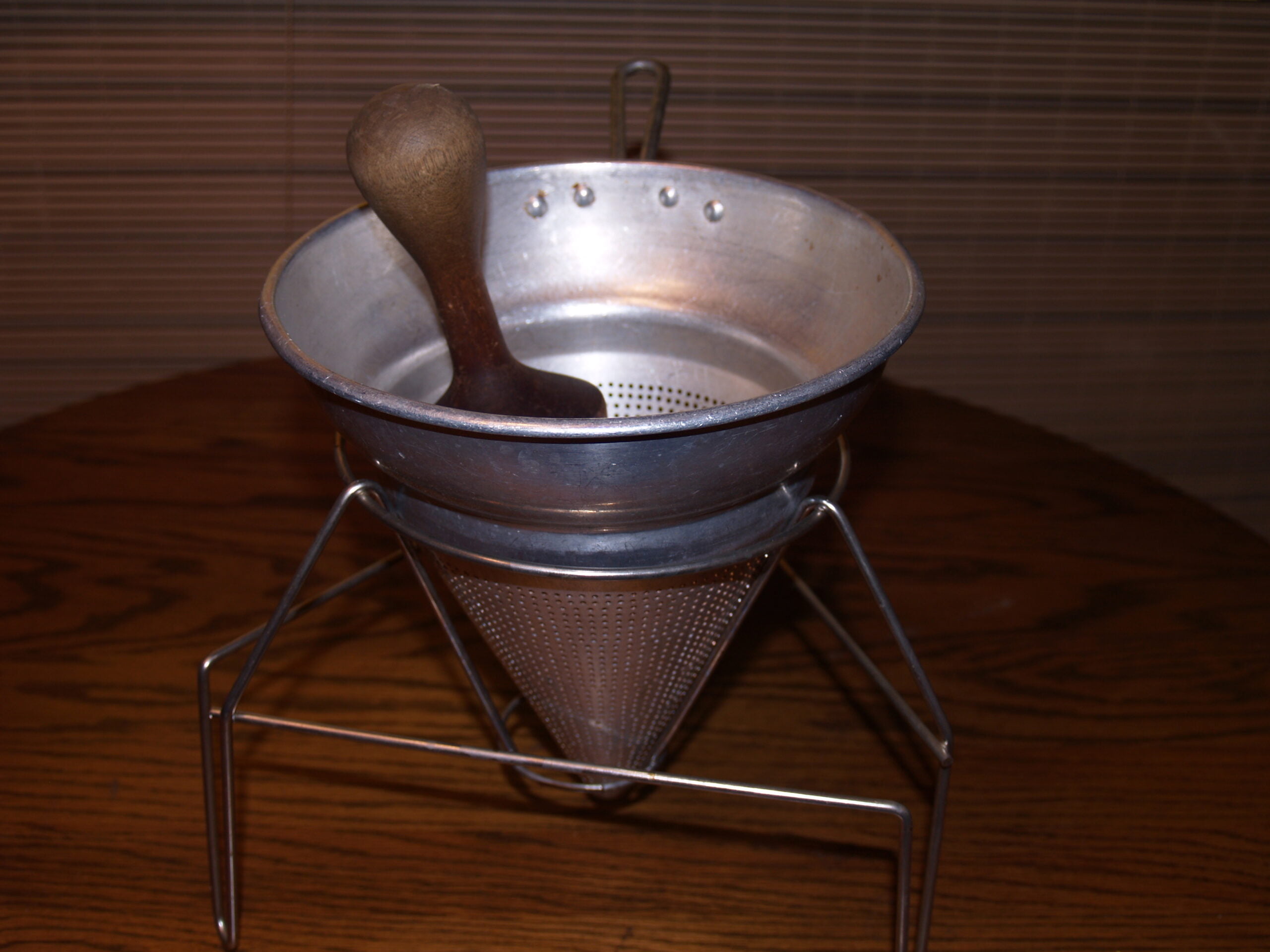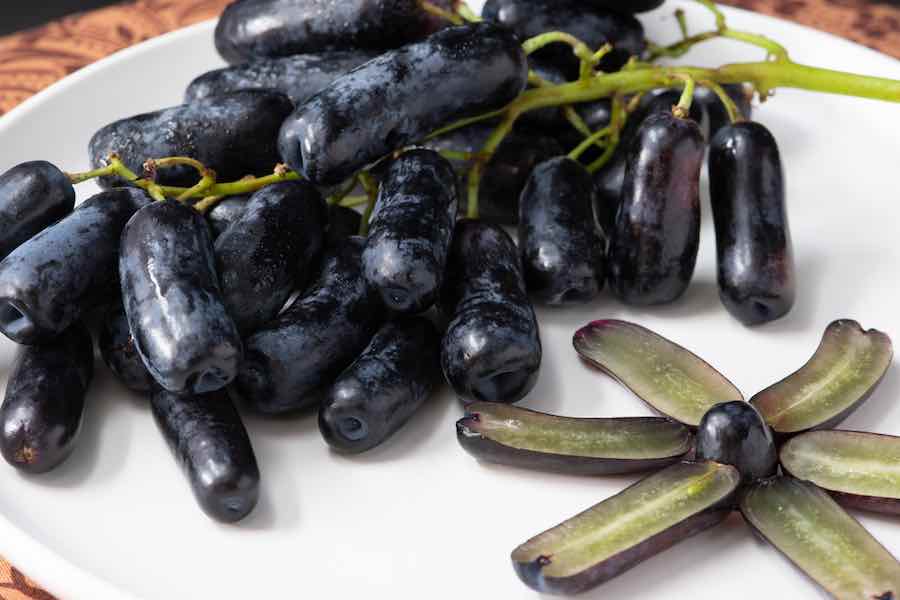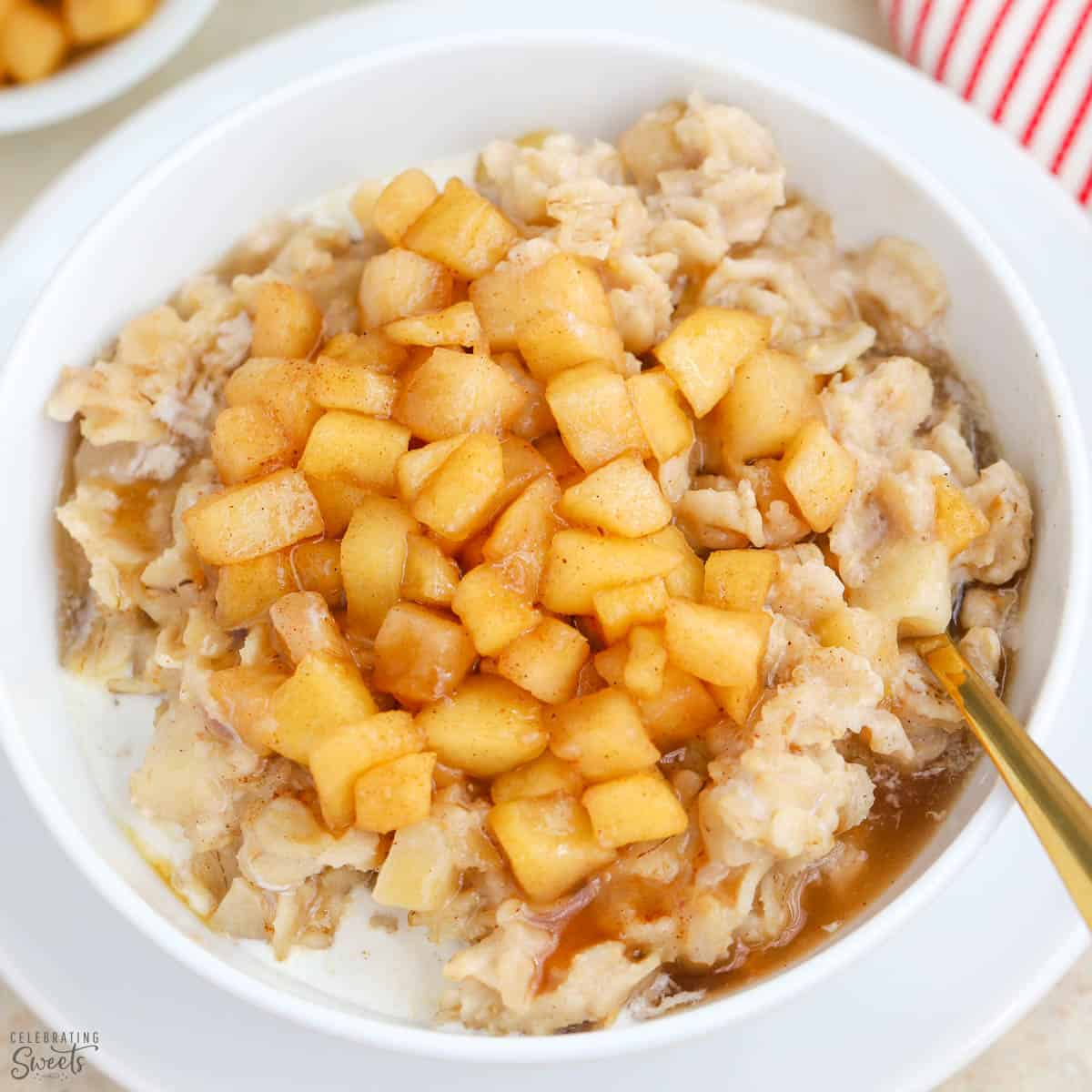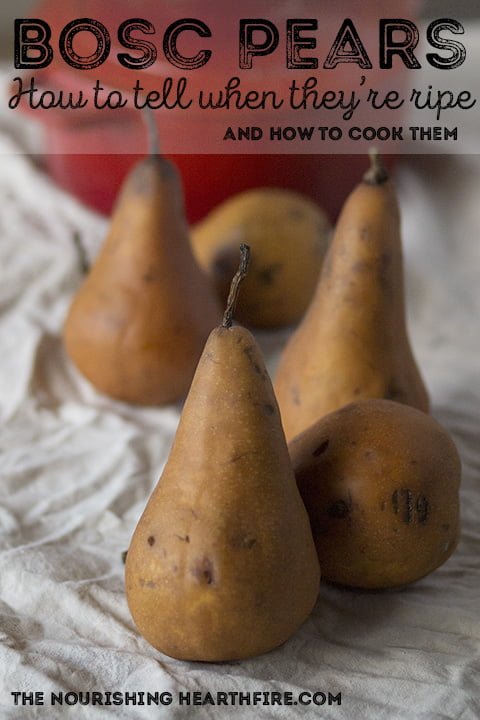Blackberries are not only a delicious treat, but they also offer a plethora of health benefits. However, those tiny seeds can be quite bothersome and sometimes interfere with the enjoyment of these juicy fruits. If you’re tired of picking out seeds one by one or avoiding blackberries altogether, we have a solution for you. In this article, you will discover a simple and effective technique to effortlessly remove seeds from blackberries, ensuring a smooth and seedless eating experience. Say goodbye to those pesky seeds and embrace the full flavor of juicy blackberries with this easy method.

Why Remove Seeds from Blackberries
Blackberries are a delicious and nutritious fruit that can be enjoyed on their own or used in a variety of recipes. However, the seeds in blackberries can sometimes be an unwelcome addition to your culinary creations. While some people don’t mind the presence of seeds, others prefer a smoother texture and consistent taste. Removing the seeds from blackberries can improve the overall texture and consistency, making them easier to incorporate into recipes or enjoy on their own. Additionally, removing the seeds can enhance the flavor of the blackberries, as they can sometimes have a slightly bitter or unpleasant taste.
Tools and Ingredients You’ll Need
Before you begin the process of removing the seeds from blackberries, gather the following tools and ingredients:
- Fresh blackberries: Make sure they are ripe and at their peak of freshness for the best flavor and texture.
- A bowl or basin: This will be used to hold the blackberries during the seed removal process.
- Water: You will need water to rinse the blackberries and remove any dirt or debris.
- Fine mesh strainer or sieve: This will help separate the seeds from the blackberry pulp.
- Fork or spoon: You will need a utensil to help mash the blackberries and separate the seeds.
- Paper towels or clean cloth: These will be used to dry the blackberry pulp after the seeds have been removed.
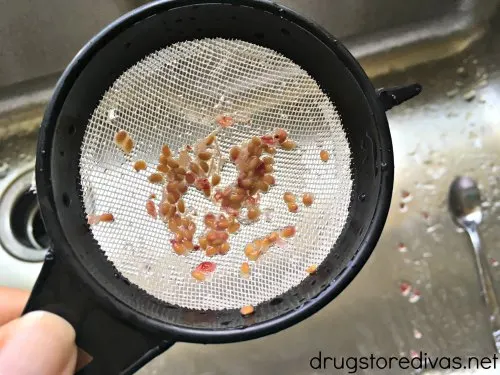
Step-by-Step Guide
Step 1: Rinse the Blackberries
Start by rinsing the blackberries under cool water. This will help remove any dirt or debris that may be present on the surface of the berries. Gently swirl the blackberries in the water to ensure that all sides are thoroughly rinsed. Once the berries have been rinsed, transfer them to a clean bowl or basin.
Step 2: Prepare the Strainer
Place a fine mesh strainer or sieve over another bowl or basin. The strainer should have small enough holes to catch the seeds while allowing the blackberry pulp to pass through. Make sure the strainer is clean and free of any debris that may affect the final product.
Step 3: Mash the Berries
Using a fork or spoon, gently mash the blackberries against the sides of the strainer. This will help separate the seeds from the pulp. Be careful not to mash the blackberries too forcefully, as this may result in a bitter taste from breaking open the seeds. Continue mashing until most of the pulp has been pushed through the strainer and only the seeds remain.
Step 4: Strain the Mixture
After mashing the blackberries, gently shake or tap the strainer to help separate the pulp from the seeds. The pulp should pass through the strainer and collect in the bowl or basin below, while the seeds will remain in the strainer. Continue this process until only seeds are left in the strainer.
Step 5: Rinse the Seeds
Once the seeds have been separated from the pulp, rinse them under cool water to remove any remaining pulp or residue. This step is important to ensure that the seeds are clean and free from any unwanted flavors or textures. Use your finger or a spoon to gently separate and rinse the seeds, then pat them dry with a paper towel or clean cloth.
Step 6: Dry the Blackberry Pulp
After straining the blackberries, you will be left with a moist pulp in the bowl or basin. To remove any excess moisture, gently press the pulp with a paper towel or clean cloth. Be careful not to squeeze too hard, as this may result in a loss of flavor or texture. Once the pulp is relatively dry, it can be used in recipes or stored for future use.
Step 7: Store or Use the Seedless Blackberries
The final step in the process is to decide whether to store the seedless blackberries for later use or incorporate them into a recipe immediately. If you plan to store the blackberries, place them in an airtight container and refrigerate to maintain freshness. If you wish to use the blackberries in a recipe, measure out the desired quantity and proceed with your chosen recipe.
Alternative Methods for Seed Removal
While the above method is effective for removing seeds from blackberries, there are a few alternative methods you can consider:
Using a Food Mill
A food mill is a manual kitchen tool with a rotating blade and a fine mesh bottom. By passing the blackberries through the food mill, the pulp is separated from the seeds, resulting in seedless blackberries. This method can be quicker and more efficient, especially when dealing with larger quantities of blackberries.
Blending and Straining
Another option is to blend the blackberries in a food processor or blender before straining the mixture through a fine mesh sieve. This method can help remove the seeds while preserving the maximum amount of flavor and pulp. However, it may require additional cleanup and can result in a slightly less smooth consistency compared to other methods.
Baking and Straining
If you are using blackberries in a recipe that requires baking, you can opt to strain the seeds out after baking. This can be done by pushing the baked blackberries through a fine mesh sieve or using a food mill. While this method may not be suitable for all recipes, it can be a convenient option when dealing with fruit fillings or sauces.
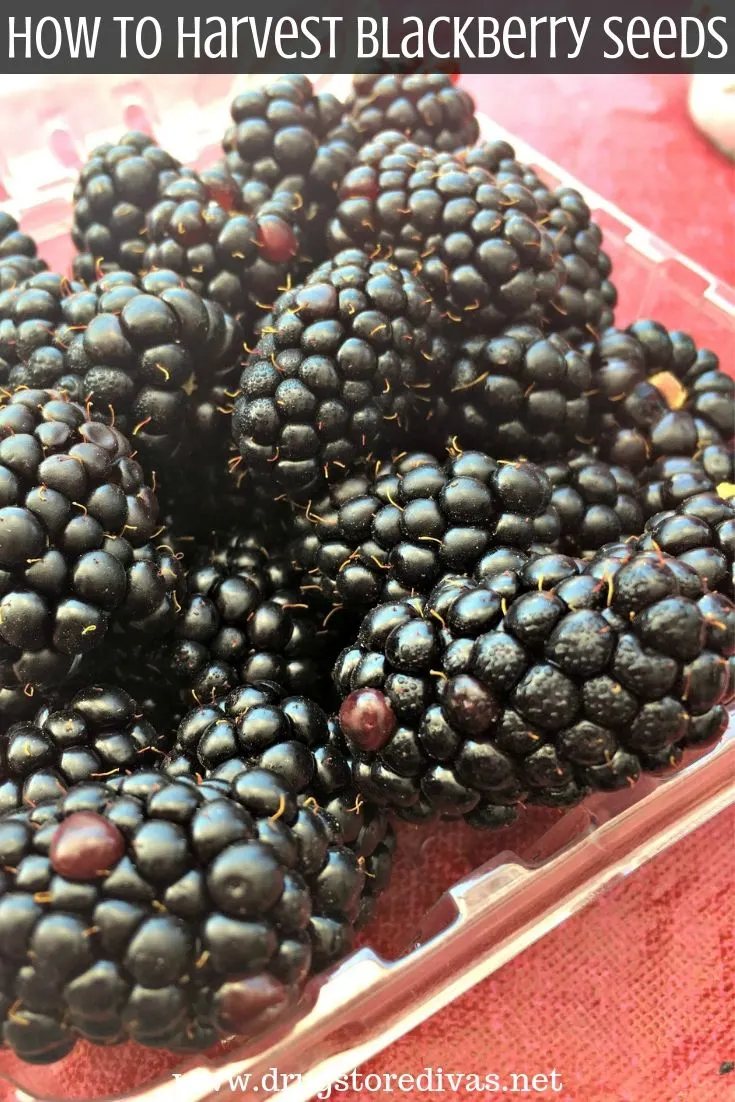
Tips and Tricks
Here are some additional tips and tricks to help you successfully remove seeds from blackberries:
Choose Ripe Blackberries
To achieve the best flavor and texture, select ripe blackberries for seed removal. Ripe blackberries are generally plump, firm, and have a deep color. Avoid using blackberries that are overripe or underripe, as they may not yield the desired results.
Adjust the Texture
If you prefer a smoother texture, you can pass the strained pulp through the strainer or sieve a second time. This will help ensure that any remaining seeds or pulp are removed, resulting in an even smoother consistency.
Save the Seeds for Planting
If you enjoy gardening or want to try growing your own blackberries, consider saving the seeds for planting. Rinse and dry the seeds thoroughly, then store them in a cool, dry place until you are ready to plant them. Follow proper planting instructions to give your blackberry seeds the best chance to grow into healthy plants.
Use Seedless Blackberries in Recipes
Once you have successfully removed the seeds, you can use the seedless blackberries in a variety of recipes. They can be used in smoothies, jams, sauces, baked goods, or enjoyed as a topping for yogurt or ice cream. The seedless nature of the blackberries will ensure a smooth and consistent texture in your culinary creations.
Conclusion
Removing seeds from blackberries can greatly improve their texture, consistency, and flavor. By following the step-by-step guide and considering alternative methods, you can enjoy seedless blackberries in a wide range of recipes. Whether you choose to use them immediately or save them for later, the process of removing seeds will enhance your overall blackberry experience. So go ahead and explore the various methods and recipes that can be enjoyed with seedless blackberries!
